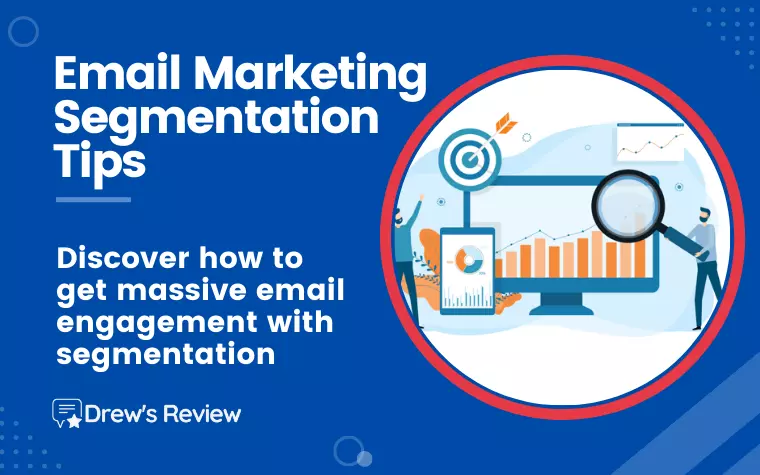
Email marketing is a powerful tool that can help you increase sales and conversions.
However, if you want to get the most out of your email campaigns, you need to segment your lists.
Segmenting your lists allows you to target specific groups of customers with tailored messages, which can result in greater conversions.
In this blog post, we will discuss 10 email marketing segmentation tips that will help you boost your conversion rates!
What is Email Segmentation and Why it's Important
Email segmentation is the process of splitting up your email subscribers into smaller groups based on common characteristics. This can include factors like age, location, gender, purchase history, and more.
The benefits of segmentation are two-fold. It allows you to send targeted messages that are relevant to each group. This increases the likelihood that your recipients will engage with your email, as they are more likely to find the content useful.
It also helps to improve your deliverability rates by ensuring that your messages are not marked as spam. When done correctly, email segmentation can be a powerful tool for increasing engagement and driving sales. Smart marketers, in fact, 82% of email marketers have reported a dramatic increase with their open rates using these strategies.
You can do this with good email segmentation tools like AWeber, Constant Contact, GetResponse, and more.
Now that you know the WHY of using segmented email, let's dive right into the strategies.
25 Segmented Email Marketing Tips
Use all or some of these email segmentation strategies to achieve targeted campaigns.
1. New Subscribers
Sending a welcome email to new subscribers is a crucial first step in building meaningful relationships with these contacts and generating stronger loyalty over time.

This email serves as an introduction to your company and its offerings, allowing you to set the tone for future communications. It also helps you gain valuable information about these contacts, such as their interests and preferences.
Overall, a well-crafted welcome email can have far-reaching benefits for your business that make it an essential tool in any marketer's repertoire.
2. Interests
Be sure to use data that you have accumulated on your subscriber's interests to curate emails that will interest them.
There is nothing more off-putting than receiving an email that has no relevance to you whatsoever. Relevancy is key when it comes to keeping people engaged so be sure to use personalized content.
3. Preferences
Be sure to ask your customers what they want to receive. For example:
By Segmenting your list in this way, you can send content that appeals directly to what each group of people are interested in, rather than a one size fits all approach.
4. Inactivity
An email list that isn't frequently engaged will quickly lose value, resulting in lower open rates and fewer conversions. Therefore, it is essential that you segment your email list based on levels of inactivity.

Once you find subscribers that are no longer engaged, you can send them an email series designed to re-engage them with your content.
If they don't respond, then you should remove them from your list to avoid hurting your open rates.
5. Open Rates
Segmenting your list based on who opens (and doesn't open) your emails can be a powerful way to increase engagement and get more people interested in what you have to say.
For example, let's say you have a list of 1,000 subscribers and you send out a monthly newsletter. Each newsletter has a different topic, but the same general format. 500 people open the email and click through to read the newsletter, while the other 500 do not.

If you segment your list based on open rates, you can send the 500 who didn't open the first email a second email with the same content.
But this time, you can add a personal note at the beginning or end, or even offer a discount for clicking through to read the newsletter.
By segmenting your list based on open rates, you can ensure that everyone on your list is seeing the content that they're interested in. And that can lead to more engagement and more sales.
6. Opt-in Frequency
By breaking your list down into segments based on the frequency with which subscribers have opted in to receiving your emails, you can target these groups with more relevant content and increase engagement.
For example, if you typically send out a monthly newsletter to all of your subscribers, you may want to create an additional high-value email workflow that is only sent out to those who have recently opted in or are active subscribers. This will allow you to better nurture these subscribers and keep them engaged with your brand.
By using data from previous campaign results, you can determine the ideal opt-in frequency for each segment and adjust your content and promotional strategies accordingly.
7. Lead Magnet Type
You can also segment your list based on the particular lead magnet they opted in with. This is a great way to ensure that you are providing relevant content to each segment and increasing the chances of conversion.
For example, if you offer a free e-book on your website, you can segment your list based on those who have downloaded it.
From there, you can send them additional content that is related to the e-book, such as blog posts or infographics.

By doing this, you are providing value to these subscribers and increasing the likelihood that they will convert into paying customers.
8. Purchase History
You can use "Purchase History" from your customer profile to offer up-sells or cross-sells.
By segmenting your list based on purchase history, you can send targeted emails with products that complement what they have already bought. For example, if someone has purchased a book from you on Amazon, you could send them an email with a list of other books that they might be interested in.
Or if someone has made past purchases of software from you, you could send them an email with a list of other software products that they might find useful.
9. Purchase Type
Similar to the above, if your site has a lot of products, you can determine their buying preferences based on purchase type.

Do they always buy the cheapest product? The most expensive product? A specific type of product?
You can use this information to segment your list and send them targeted emails with products that they are more likely to be interested in. For example, if someone only buys the cheapest products on your site, you could send them an email with a list of clearance items or sale items. Or if someone only buys the most expensive products on your site, you could send them an email with a list of new arrivals or pre-orders.
10. Frequency of Purchase
For your subscribers that buy a lot from you, add them to your loyalty program, send them exclusive offers or provide them with a special coupon.
On the other hand, if someone hasn't bought anything from you in a while, send them an email with a special offer or discount to try and re-engage them.
11. Amount of Purchase
Segmenting your subscribers by the purchase amount gives you an opportunity to offer them a matching up-sell.
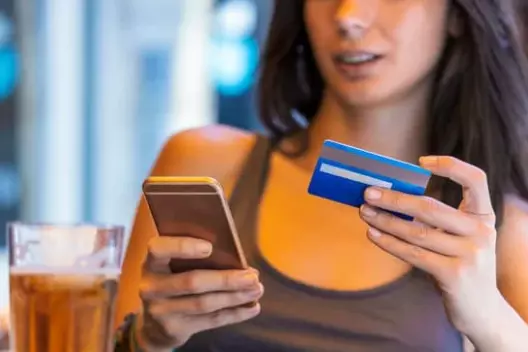
For your customers that frequently buy products with a high price tag, offer them a premium membership or an exclusive product. You should also consider rewarding them with a free "thank you" gift or some kind of bonus. This will build loyalty and keep them coming back for more.
12. Last Purchase Date
You can use the "Last Purchase Date" field in your customer profile to send targeted emails with special offers.
For example, if someone hasn't bought anything from you in a while, you could send them an email with a special offer or discount to try and re-engage them. Or if someone just made a purchase, you could send them a "thank you" email with a coupon for their next purchase.
13. Customer Lifetime Value
The "Customer Lifetime Value" field in your customer profile gives you an indication of how much revenue each subscriber is worth to your business.
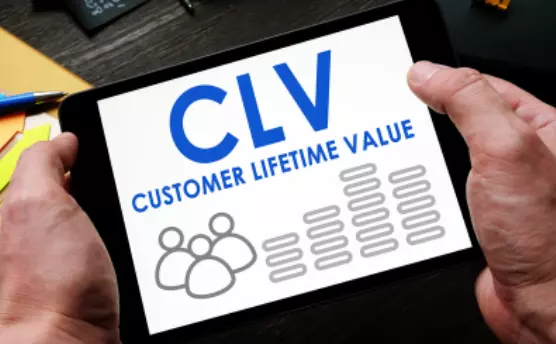
You can use this information to segment your list and send targeted emails with different offers. For example, if someone has a high customer lifetime value, you could offer them a discount on their next purchase. Or if someone has a low customer lifetime value, you may want to offer them a free shipping discount.
14. Buyer Satisfaction Level
It's a good idea to send out a survey to determine your buyer satisfaction level. Questions like "On a scale of 1-10, how likely are you to recommend us?"
You can then look at the data to see what level of satisfaction your buyers have. With high satisfaction, you're doing a good job. With the ones that rated you poorly, you can look at ways to improve their satisfaction. Go over the emails sent to see where you could have gone wrong with your campaign. Was it the product or the email sent?
15. Form Abandonment
Do you have a free offer or some kind of form on your website that wasn't fully filled out? You can get data on the ones that didn't complete the form and send them a targeted email.
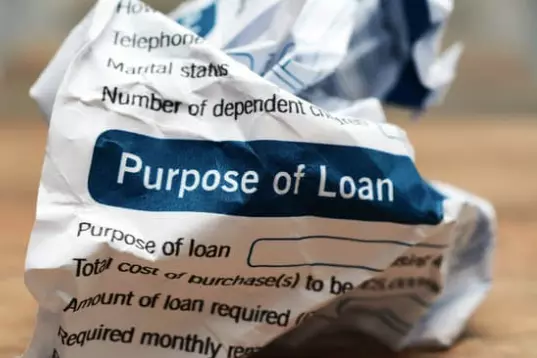
For example, if you have a webinar signup form, you can get data on the ones that didn't complete the registration process and send them an email with a link to register.
In order for this to work though, the first step must include their email address. You can use the addon WPForms Form Abandonment for this.
16. Abandoned Shopping Cart
If you have an eCommerce site, Shopping Cart Abandonment is quite frequent. Fortunately, you can re-connect with your customers by sending them an email to complete their purchase.
Here is one of the best "abandoned cart emails" I ever got. I bought car parts from FCPEuro and delayed completing my purchase for whatever reason, I can't remember.
Then I got this email from them:

I actually laughed. Their marketing department is genius level. It's fabulous marketing automation.
17. Change in Purchase Behavior
If you have a subscription-based product, or maybe a monthly subscription and your customer cancels, you can send them an email asking why.
Even if you don't win back your customer, this data can be valuable. It can help you improve your product or service so that you don't have as many cancellations in the future.
18. Mobile VS Desktop
Mobile use is on the rise with online buyers. Your site might already be optimized for mobile browsing, but what about your emails?
Do you know how your emails look on a mobile device? You should test it out and see. If they don't look good, or if they're hard to read, you're going to lose out on some conversions.
The good news is that you can also segment your email list based on mobile or desktop devices. This way you can see a comparison between desktop and mobile.
If you have more mobile users than desktop, then you really want to drill down the effectiveness of your mobile emails. You do this by making sure your email design is responsive.
19. Didn't Buy
Sometimes, however, even the most dedicated followers can miss an opportunity to buy from your brand.

When this happens, one effective way to encourage them to take action is by sending them free content that highlights the value of following your brand. This can include exclusive discounts or sales, special offers, or behind-the-scenes sneak peeks at new products or services.
By highlighting the reasons why they should continue to engage with your brand, you'll not only remind them to take action but also work to build stronger loyalty and trust between you and your subscribers.
20. Age
Age is an important factor to consider for email list segmentation and is part of demographic data. This is because people of different ages tend to have different needs, interests, and perspectives.
For example, a subscriber who is a young parent is likely to be interested in different topics than a subscriber who is retired. By segmenting subscribers by age, businesses can better relate to them and provide content that is more likely to be of interest.
Additionally, age-based segmentation can help businesses to target their marketing more effectively. For example, a business selling baby clothes would focus its marketing efforts on subscribers who are in the age range of 25-34.
21. Gender
When it comes to segmenting your email list, gender is one of the most common and effective criteria for demographic data.
Women and men often have different needs and interests, so tailoring your content to a specific gender can be a great way to improve engagement.
Of course, you don't need to offer different products or services for each gender, but simply making small changes to your subject lines or images can make a big impact.
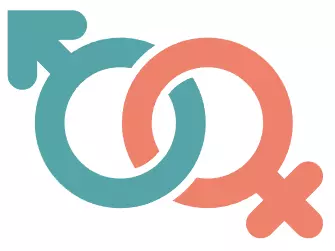
You can also use segmentation to target your marketing messages more effectively. For example, if you're launching a new product that's specifically designed for women, you can use segmentation to ensure that only female subscribers receive the message.
By segmenting your list by gender, you can create a more customized and user-friendly experience for your subscribers.
22. Webinar Attendance
Web Conferences are a great way to engage with your audience and share valuable information in real-time. However, it can be difficult to keep track of all the different participants on these calls, as well as how long each person is staying on the call.
One effective way to segment webinar attendees is by whether or not they attended, as well as how long they stayed on the call. This information can be useful for analyzing the effectiveness of certain marketing campaigns and optimizing future events.
For example, you might find that most attendees left after only a few minutes if your content wasn't engaging enough. You also might discover that many people who signed up didn't follow through with attending at all.
By taking this kind of data into account, you can use your webinars more effectively to connect with potential customers and build lasting relationships.
In short, segmenting webinar attendees by their level of engagement will give you valuable insights into what works (and what doesn't) in terms of marketing and content creation.
23. Survey Respondents
Sending out surveys is a great way to get feedback from your customers or clientele. However, you want to make sure that you show your appreciation for their time and effort.

One way to do this is to send out a thank you gift to those who participate in your survey. This doesn't have to be anything big or expensive - a simple discount on their next purchase or a free e-book will suffice.
By showing your appreciation, you'll encourage more people to participate in future surveys, making them an even more valuable tool for your business.
24. Geographic Area
When it comes to making purchasing decisions, location is often a key factor. For example, someone living in a remote rural area is likely to have different needs than someone living in a densely populated urban area.
As a result, businesses that can tap into geographic data can gain a better understanding of their potential customers and what they are looking for. This information can be used to tailor marketing messages, choose the right location for new stores, and make other important decisions.
In today's data-driven world, businesses that can make use of geographic data will be at a distinct advantage.
25. Position in the Sales Funnel
Segmenting your audience based on different stages in the sales funnel can be an extremely valuable strategy, as it allows you to tailor your messaging in a way that will be most relevant and effective for each group.
For instance, if you are trying to generate interest among potential buyers, you will want to use more "in-your-face" tactics that emphasize the benefits of your product or service.
Meanwhile, when attempting to nurture leads and convert them into paying customers, more subtle techniques such as case studies and testimonials may be a better fit.
By taking the time to understand who is in your target audience and where they are in the buying cycle, you can create more effective marketing strategies that yield better results for your business.
Conclusion
Now that you know a little more about the different ways to segment an email marketing campaign, it's time to put this knowledge into practice.
By dividing your subscribers up into groups based on factors such as their gender, engagement level, geographic location, and more, you can create a more customized and user-friendly experience for them.
This not only makes your customers happy but also leads to better results for your business. Small business owners or eCommerce store owners will see the benefits this targeted email marketing brings.
So what are you waiting for? Use segmentation email marketing for your email marketing strategy. Get started by using these strategies. If you haven't invested in email marketing tools yet, now is the time and see the amazing results that email segmentation can bring!
Found this article helpful? Share it with the world!
You Might Also Like...
- How I Make Faceless YouTube Channels With AI - April 9, 2024
- Top 21 Faceless YouTube Niches to Earn Big Profits in 2024 - April 3, 2024
- Dave Nick YouTube Automation Systems Review 2024 - March 28, 2024
